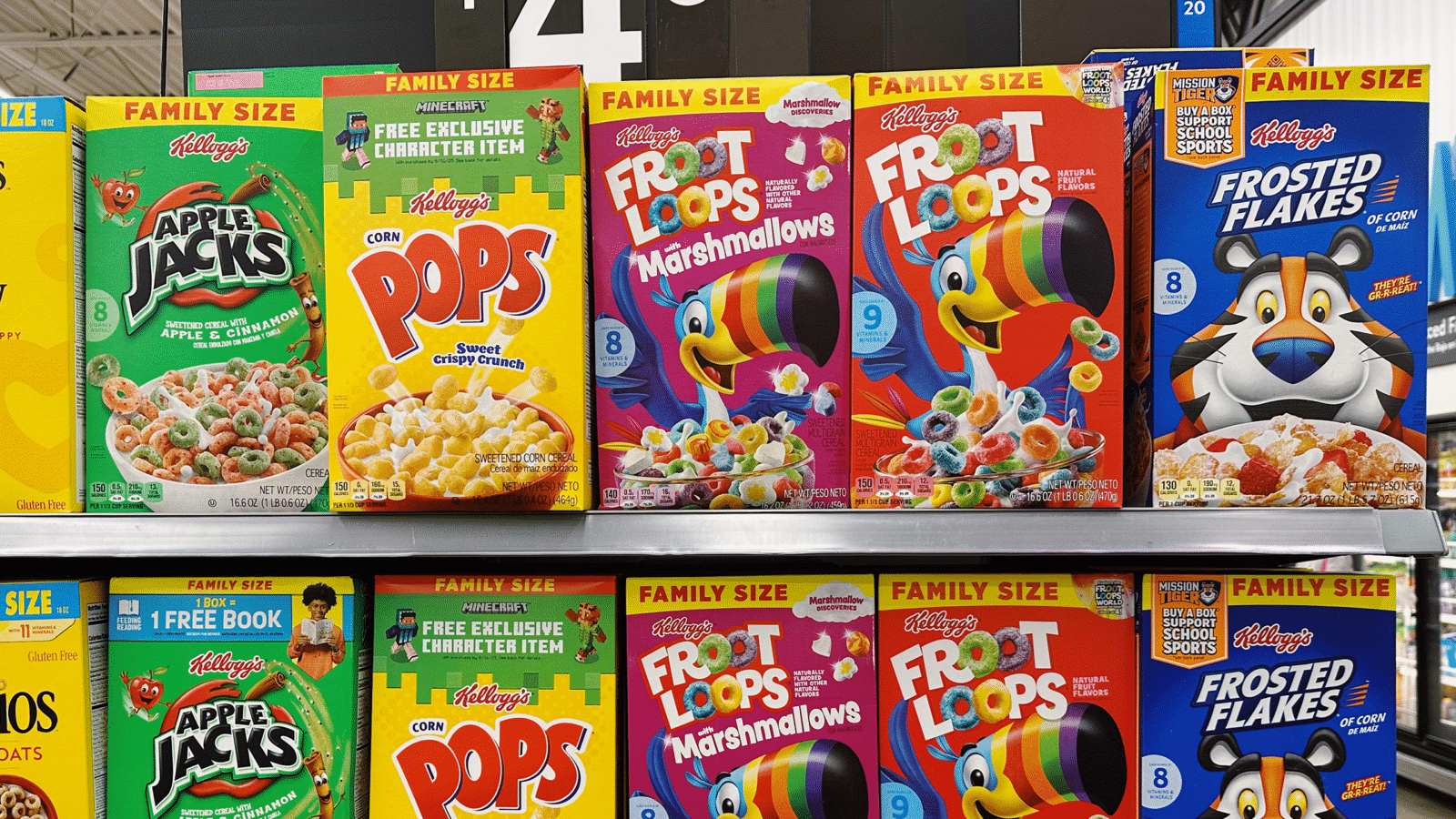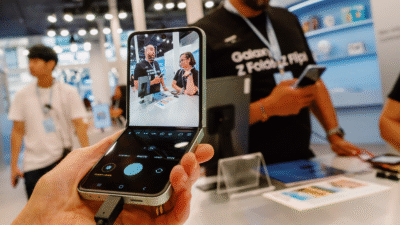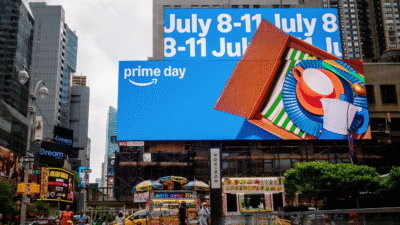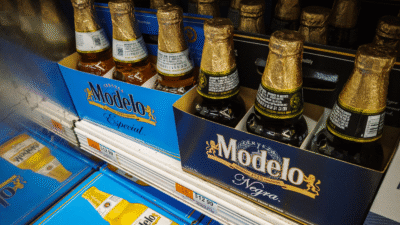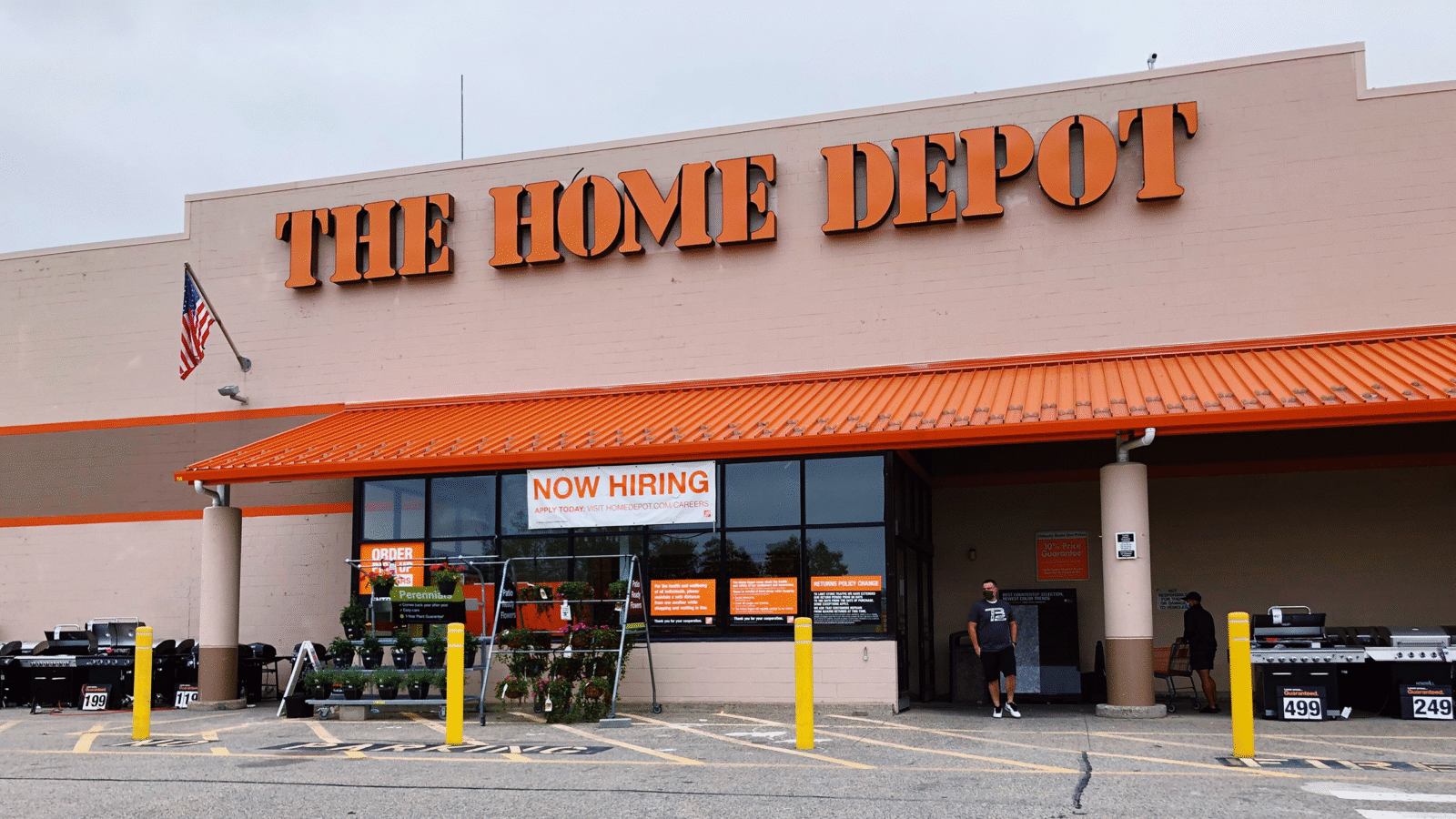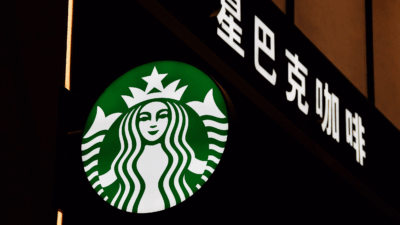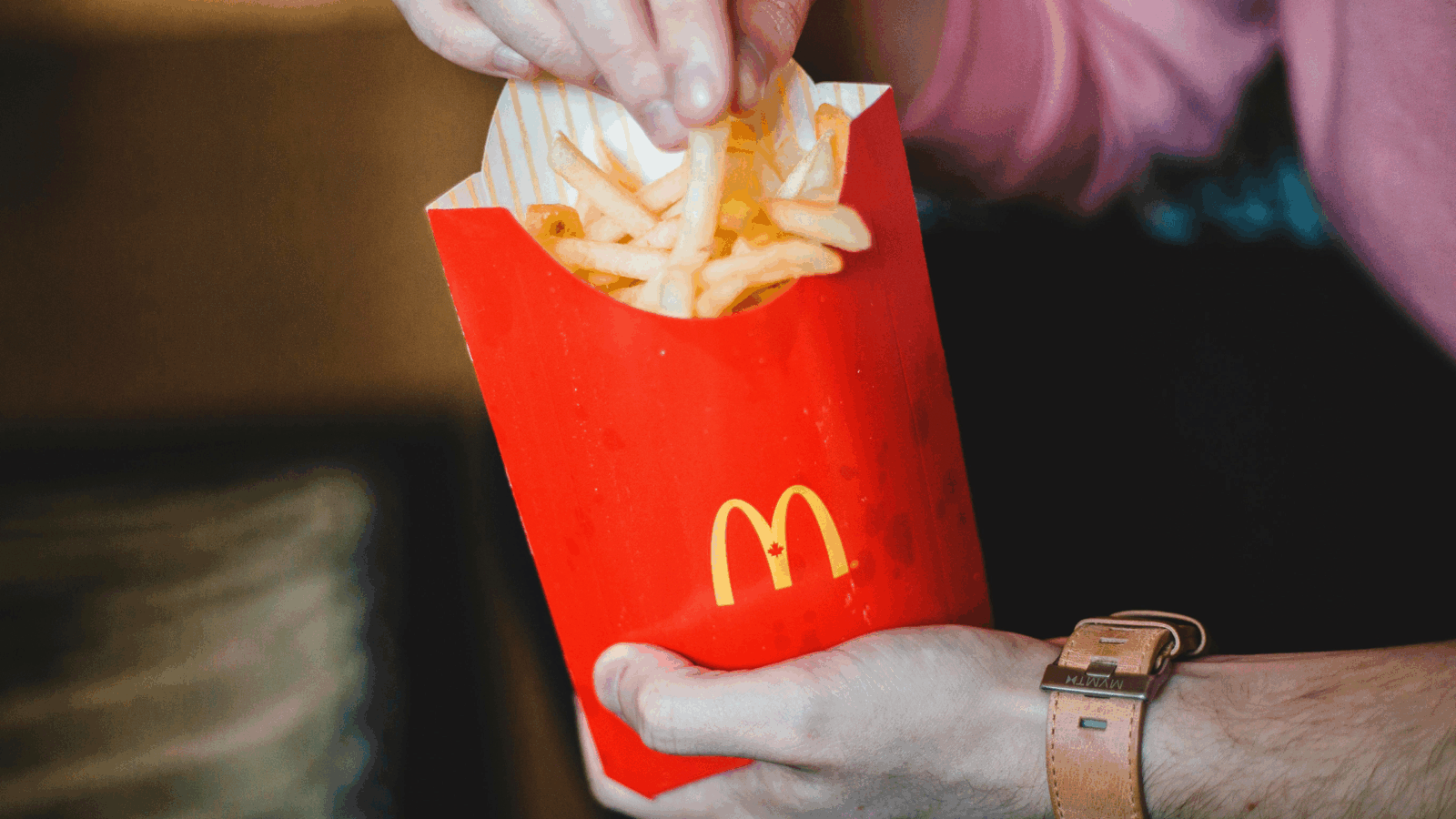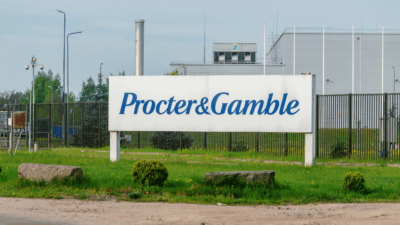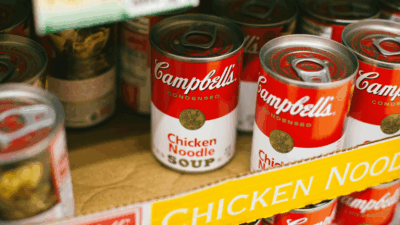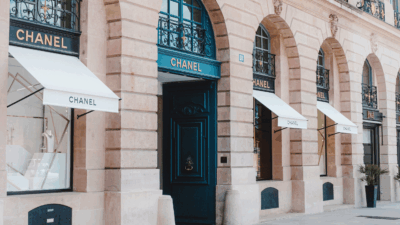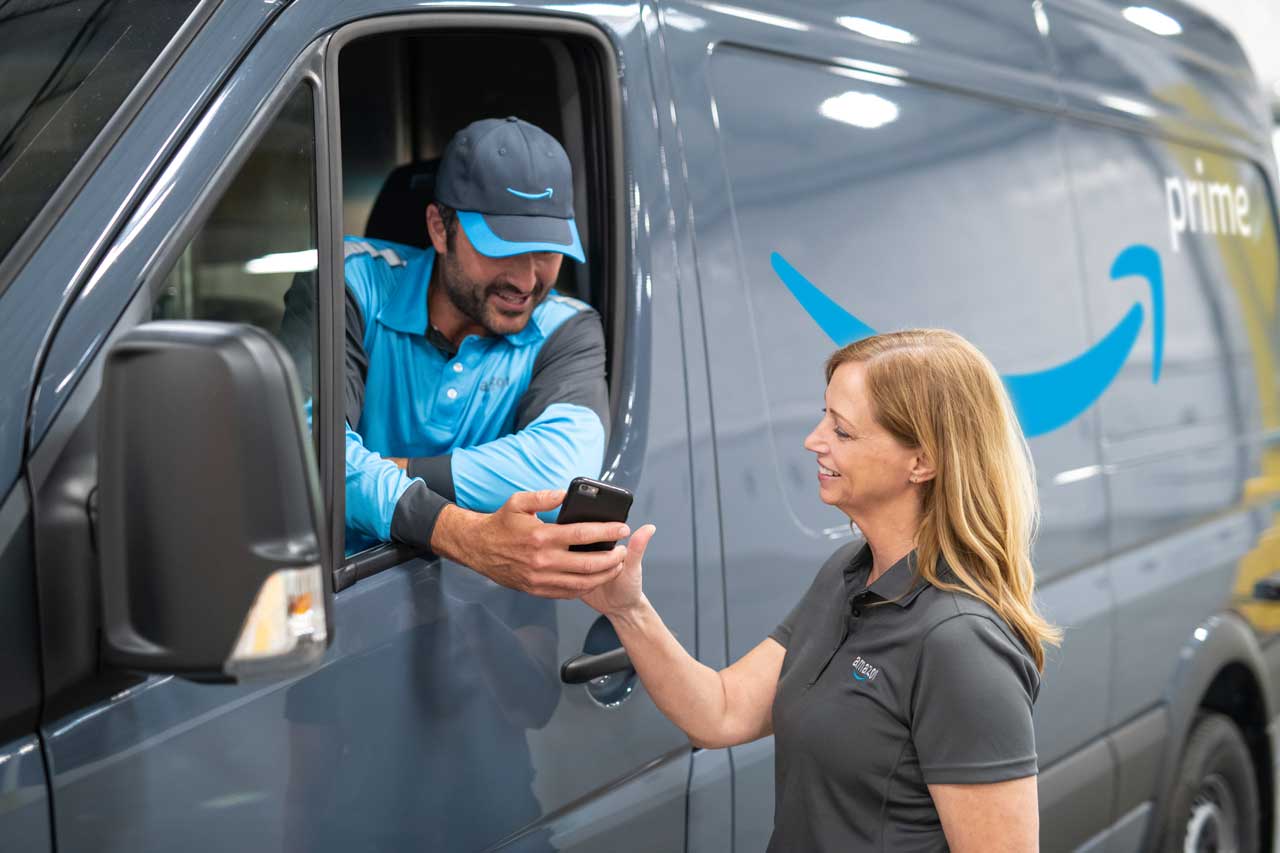
Sign up for smart news, insights, and analysis on the biggest financial stories of the day.
Exercise bike, check. Netflix subscription, check. New laptop, check. Air fryer, check. Playstation 5, if you were lucky.
Stuck at home way more than usual for the better part of two years, Americans bought a lot of stuff. Furniture, electronics, even clothes to wear nowhere. New data shows the trend is finally reversing, and more than things are finally ready to buy services again.
Fewer Things, More Things to Do
In the two years before the pandemic, the sale of goods in America — which includes nondurables like food and clothes, and durables like cars and appliances— made up 31% of consumer spending. That jumped up to 36% in spring 2021, before Covid-19 vaccines were widely available. Life was simple: sit at home, look at Amazon, see stuff you want, realize you’re not spending money on anything else, buy it, rinse, repeat.
But, in good news for anyone and everyone looking for signs that civilization has turned the corner on getting a little more proactive, the signs are starting to show:
- The share of spending on consumer goods fell for the second month in a row in December, falling to 34%, according to the Commerce Department, and spending on services increased ever-so-slightly by 0.1%.
- The job market remains robust, with 10.9 million openings in December, meaning consumers are beginning 2022 with a strong potential for income to spend.
“All the indications are that it will be a big year for travel,” Visa Chief Financial Officer Vasant Prabhu, told The Wall Street Journal, adding restaurants and entertainment are likely to profit, too. “We see the shift to services continuing to gather momentum.”
Expensive Stuff: Inflation is helping the move away from buying stuff to doing stuff, as well. The cost of goods, including furniture and appliances, rose a white-hot 10.7% in December year-over-year, but services inflation was up just 3.7%.
